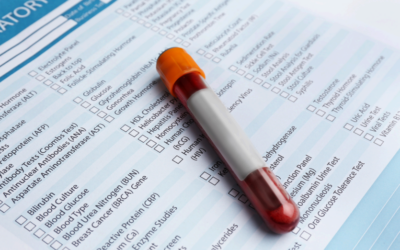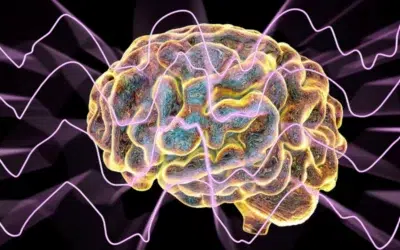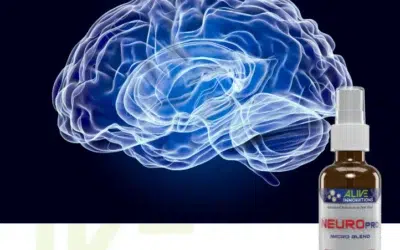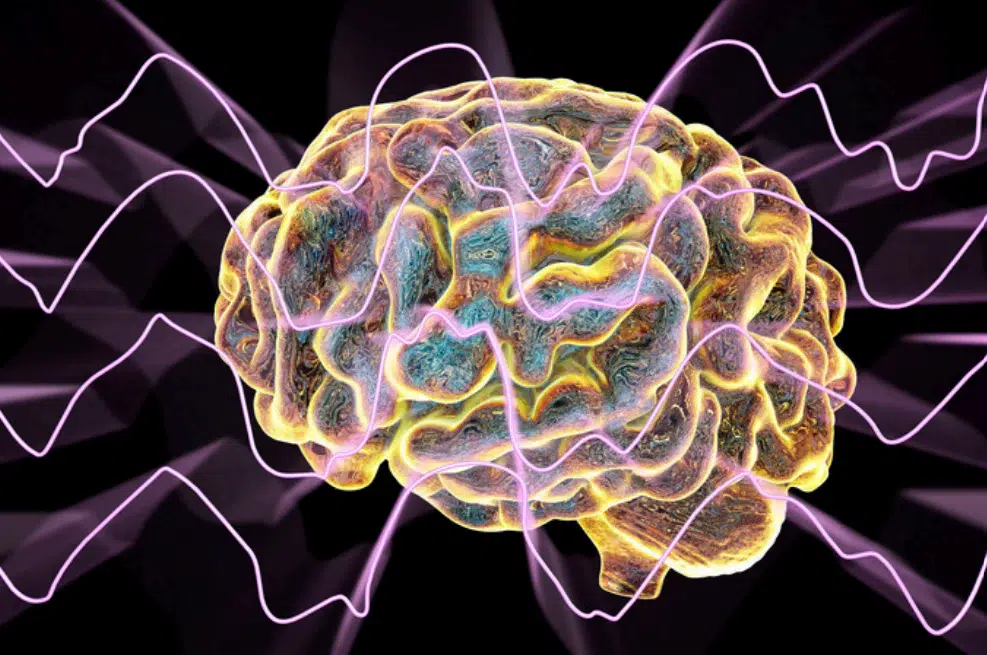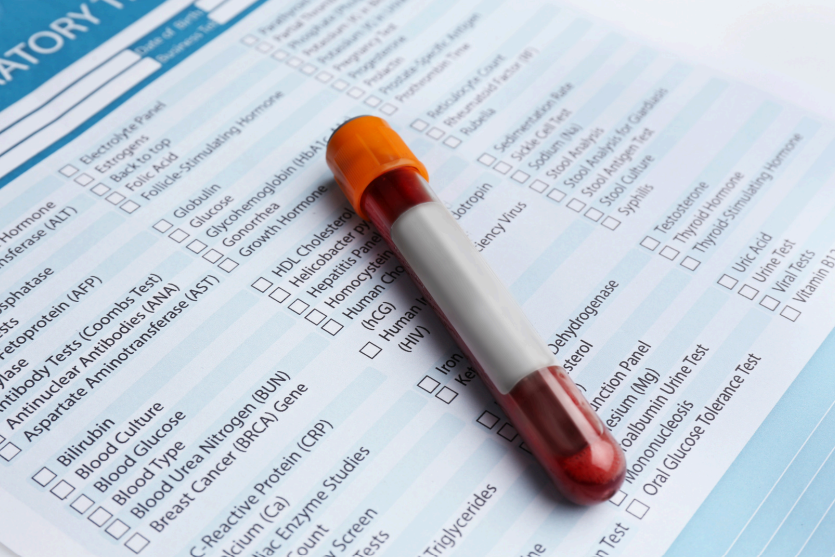Introduction The Quantum Cellular Scan (QCS) and traditional laboratory tests provide complementary perspectives on health, each offering unique insights. While conventional labs...
Detoxing
Unlocking the Power of Sound: Solfeggio Frequencies, Brain Waves, and Healing
by Jared Murray | Sep 2, 2024 | Detoxing, Emotional support, Mental Health
Jared Murray, CWC Introduction Solfeggio frequencies are a set of specific tones that are believed to have unique therapeutic properties. These frequencies are used in various...
The Future of Healing: Understanding the Quantum Cellular Scan and Its Impact on Integrative Medicine
by Jared Murray | Sep 2, 2024 | Anti Aging, Detoxing, Immune System
Alive Innovations, Alive for Health The Quantum Cellular Scan is an advanced diagnostic tool used in integrative medicine to assess the body's energetic imbalances. This...
Synergy in Health: How Alive 4 Health’s Peptides Transform Metabolic and Digestive Wellness
by Jared Murray | Sep 1, 2024 | Anti Aging, Detoxing, Immune System
Dr. Michael Rahman, PhD, MD(gy), ND Introduction Alive Innovations offers a comprehensive list of health product designed to enhance peptide activation and support various phases...
-
Synergy in Health: How Alive 4 Health’s Peptides Transform Metabolic and Digestive Wellness
-
The Future of Healing: Understanding the Quantum Cellular Scan and Its Impact on Integrative Medicine
-
Unlocking the Power of Sound: Solfeggio Frequencies, Brain Waves, and Healing
-
Beyond the Blood Test: Understand the Quantum Cellular Scan and Its Differences from Conventional Labs


